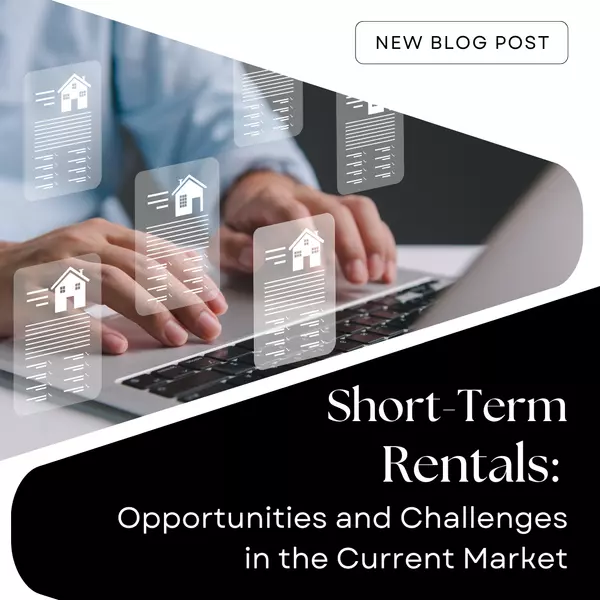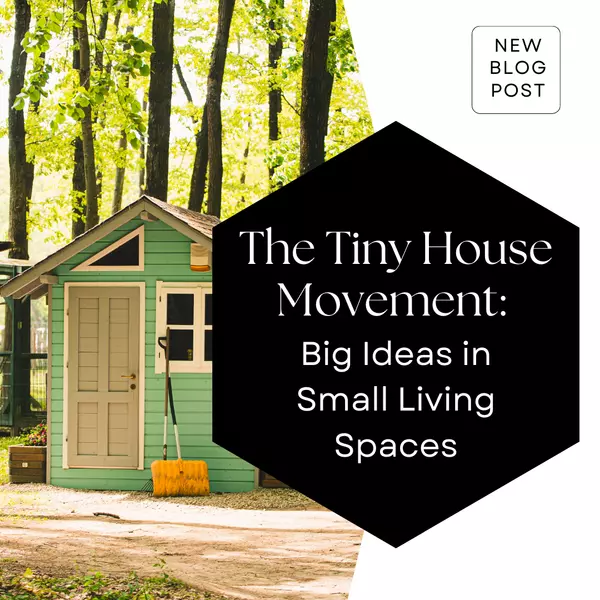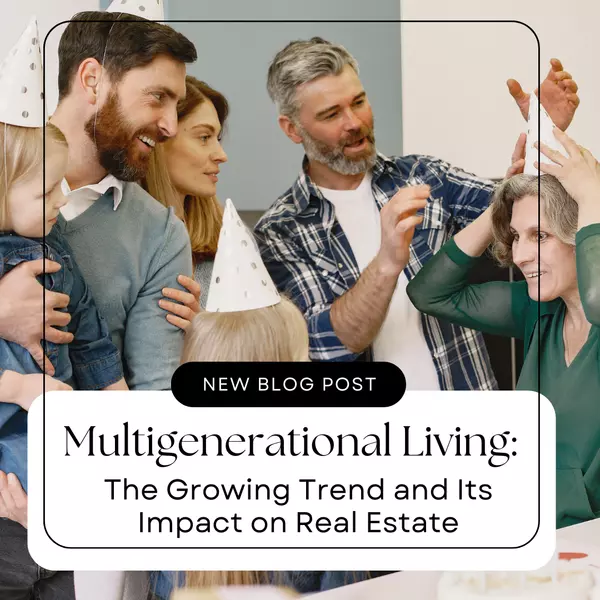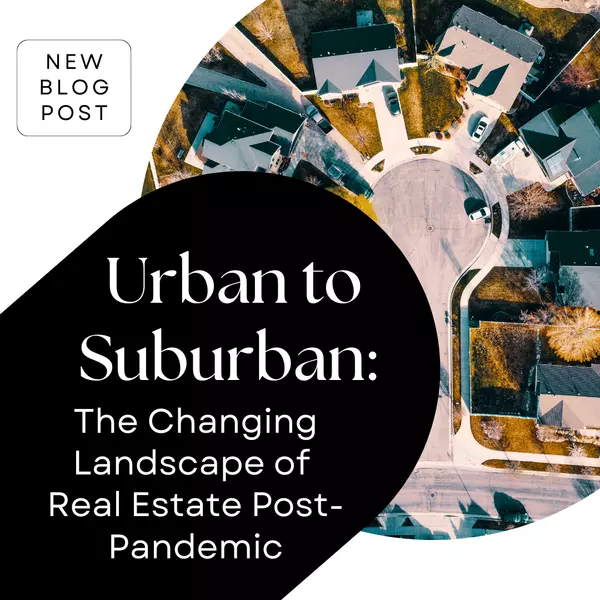Multigenerational Living: The Growing Trend and Its Impact on Real Estate

In recent years, the real estate landscape has been significantly influenced by an evolving trend: multigenerational living. This shift is reshaping the housing market and changing the way families think about their homes. With more generations living under one roof, the demand for larger, more versatile properties is on the rise. This blog explores the factors driving this trend, the benefits and challenges it presents, and its impact on the real estate market.
Understanding Multigenerational Living
Multigenerational living refers to households that include two or more adult generations or one that includes grandparents and grandchildren. This arrangement is becoming increasingly common due to various social, economic, and cultural factors. According to the Pew Research Center, as of 2021, about 20% of the U.S. population lived in multigenerational households, a significant increase from previous decades.
Drivers of the Trend
Several key factors are contributing to the rise of multigenerational living:
- Economic Considerations: The rising cost of living, housing affordability issues, and student loan debt have made it difficult for younger generations to move out on their own. By sharing a home, families can pool their resources, reduce expenses, and achieve financial stability.
- Aging Population: As the population ages, more families are choosing to care for their elderly relatives at home rather than opting for assisted living facilities. This allows for closer family bonds and provides a more comfortable and familiar environment for aging family members.
- Cultural Preferences: In many cultures, multigenerational living is the norm. Immigrant families often maintain these traditions, valuing the support and cohesion that comes from living together.
- Pandemic Influence: The COVID-19 pandemic highlighted the importance of family support systems. Many families consolidated their households during the pandemic to better care for one another and manage uncertainties.
Benefits of Multigenerational Living
The benefits of multigenerational living are numerous and can positively impact both individuals and families as a whole:
- Emotional Support: Living with extended family members can provide a strong support network. It can help reduce feelings of loneliness and isolation, especially for older adults and young children.
- Childcare and Elder Care: Multigenerational households can share responsibilities, such as childcare and elder care. This arrangement can be more convenient and cost-effective than hiring external caregivers.
- Shared Financial Burdens: Combining financial resources can alleviate economic stress. Families can share expenses related to housing, utilities, groceries, and other necessities, leading to increased savings and financial security.
- Skill and Knowledge Sharing: Different generations can learn from each other, whether it’s technology skills being passed down from younger members or life wisdom shared by older generations. This exchange enriches family life and fosters personal growth.
Challenges of Multigenerational Living
While there are many advantages, multigenerational living also presents challenges that need to be addressed:
- Privacy Concerns: With more people living under one roof, maintaining privacy can be challenging. It’s important to design living spaces that offer private areas for each family member.
- Generational Conflicts: Differences in values, habits, and lifestyles between generations can lead to conflicts. Effective communication and setting clear boundaries are essential to managing these issues.
- Space Limitations: Not all homes are designed to accommodate multigenerational families. Finding or modifying a home to meet the needs of everyone can be a complex and expensive process.
Impact on Real Estate
The growing trend of multigenerational living is having a notable impact on the real estate market:
- Increased Demand for Larger Homes: There is a rising demand for larger homes with flexible floor plans. Features such as multiple master suites, separate living areas, and additional kitchens are becoming more desirable.
- Renovation and Adaptation: Homeowners are increasingly looking to renovate their existing properties to better accommodate extended families. This includes adding in-law suites, converting basements, or building accessory dwelling units (ADUs).
- Location Preferences: Proximity to schools, healthcare facilities, and community centers is more critical for multigenerational families. Real estate agents need to consider these factors when helping clients find suitable homes.
- New Development Trends: Developers are responding to this trend by designing new communities with multigenerational families in mind. This includes creating homes with adaptable spaces and offering amenities that cater to all age groups.
Conclusion
Multigenerational living is more than just a trend; it’s a shift in the way we think about family and home. As this trend continues to grow, it will undoubtedly shape the future of the real estate market. For real estate professionals, understanding the unique needs and preferences of multigenerational families will be key to successfully navigating this evolving landscape. Embracing this trend can lead to more fulfilling and supportive living arrangements, benefiting families and communities alike.
Recent Posts










GET MORE INFORMATION


